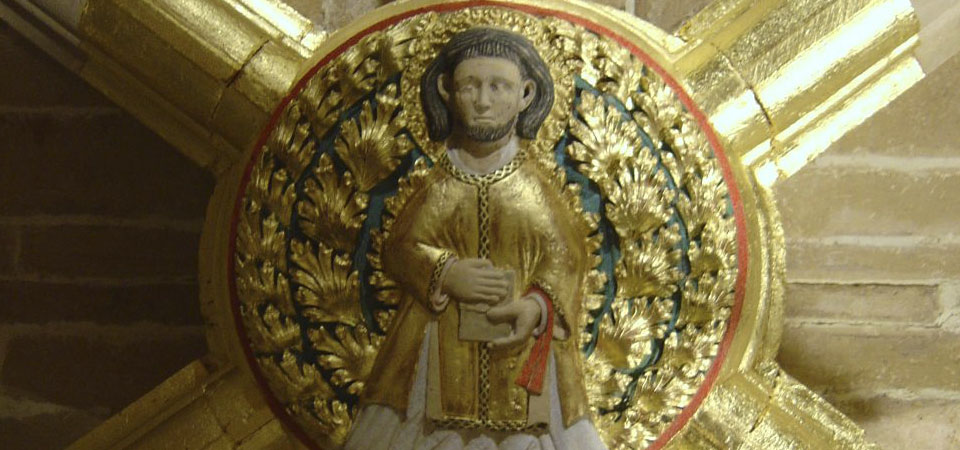
Founding
The town of Sant Mateu, historic capital of the Maestrazgo of the Order of Montesa, was founded in the 13th century after the conquest of the Kingdom of Valencia by the king Jaume I. The Town Charter of 17th June 1237, granted by the Grand Master Hugo de Fullalquer, is the document which starts the history of the current town.
Nevertheless, the place where Sant Mateu is situated already had the same name at least sixty years before this fact. This has caused that we consider different theories about the origins of the town. A Mozarabic redoubt in Muslim lands? An outpost of the Order of the Knights Hospitallers in a territory that Ramon Berenguer IV had already promised to the Order in 1157 if this was conquered?
Nowadays, we tend to value the second theory a bit more, mainly for three reasons: the remote possibility that a Mozarabic community survived in a Muslim territory independently; the presence of two other place names in this area of future control by the Order of the Knights Hospitallers, which make reference to evangelists; and the existence of a first Town Charter granted to La Barcella (town of Xert) in 1192.
In any case, it is necessary to say what the king Jaume I wrote on his Chronicle. He said that the valley of Sant Mateu was uninhabited in the conquest time (1233-1237). Therefore, although there is a possibility that it existed a first Christian settlement during the last third of the 12th century, we have to uphold the founding date in 1237.
With the Town Charter, the conditions to occupy the territory were established by the new settlers. For its writing, it was used the model of Costums de Lleida, a compilation of the common law of this city, written in 1228 and considered the most modern legal model in the Crown of Aragon at that time.
According to the Town Charter, each new family received an area of land of approximately 16,000 m2 under emphyteusis. The Order of the Knights Hospitallers reserverd the right on the ovens, mills and blacksmiths which were built in the town. People who used them had to pay different taxes. The Order also reserved the power of civil and criminal justice.
People began to stand on the highest part of the current town centre, in the area known as the Suda. This place name indicates the existence of a fortified place, however the first documentary reference appears in 1287. It is possible that this place followed the grid-shaped town planning of the Roman camps. This model is well-documented in the case of other towns founded in the north of Valencia during the 13th century, such as Castellón de la Plana. Villarreal or Nules.




